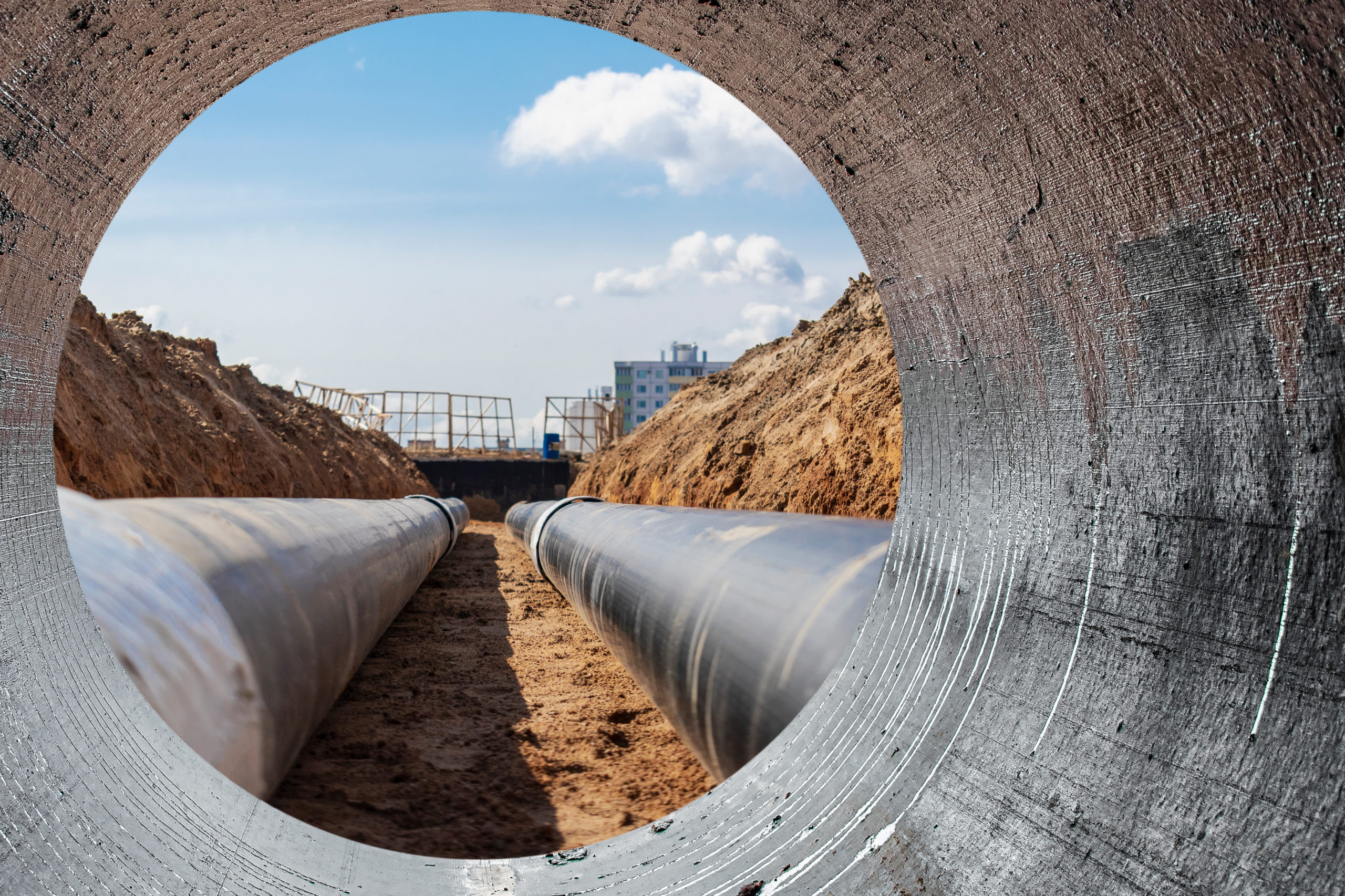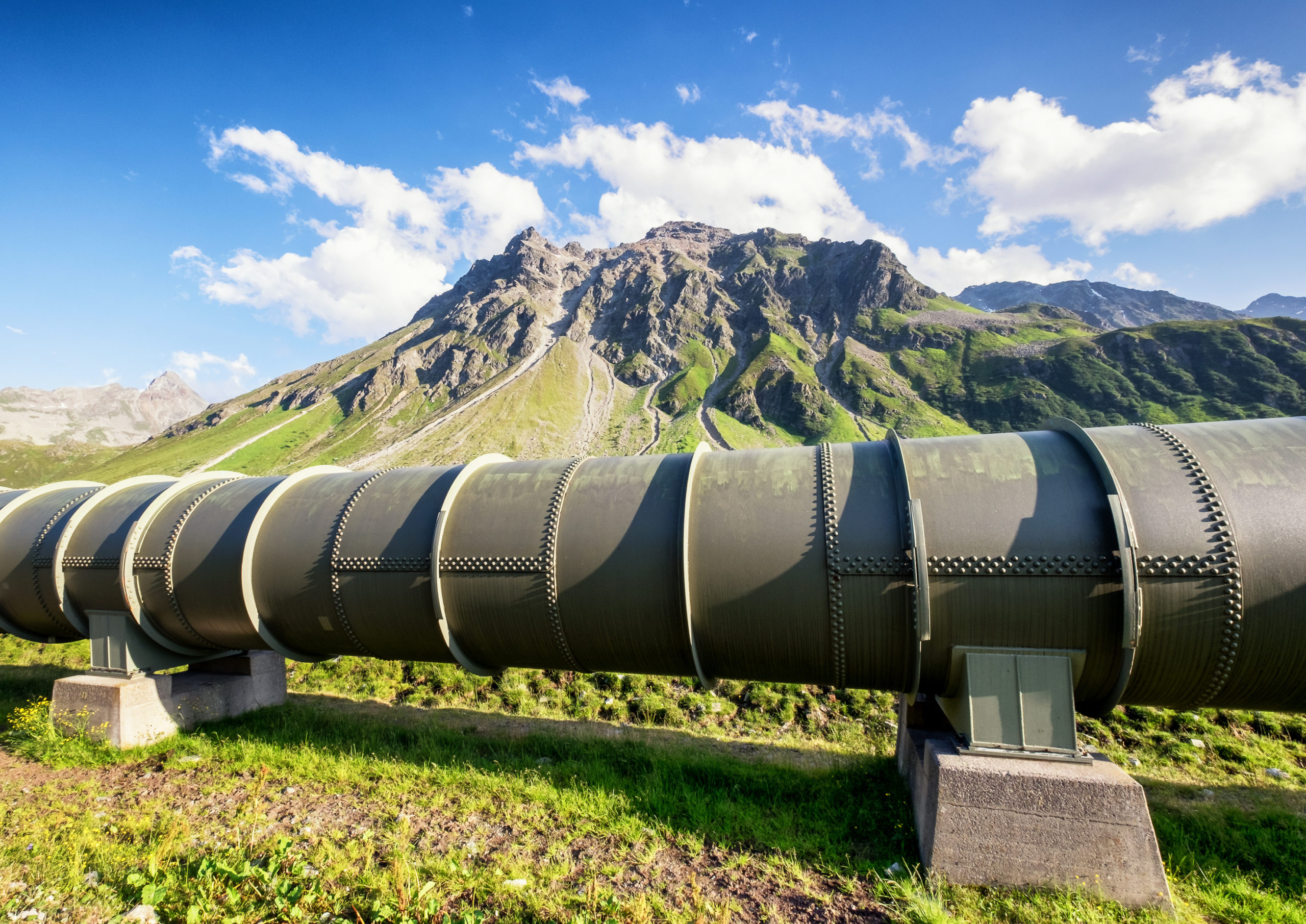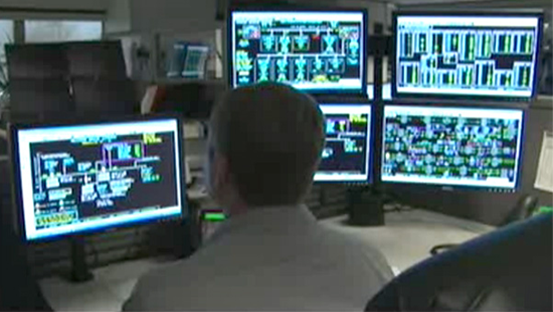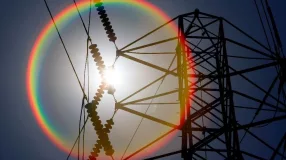On June 26, 2019, INGAA and the INGAA Foundation hosted a Natural Gas Pipeline Technology Showcase on Capitol Hill, educating lawmakers, federal agencies and their staff members on the different types of inspection tools used to inspect interstate natural gas transmission pipelines. Four service providers displayed their in-line inspection (ILI) tools, also known as “smart pigs,” demonstrating their features and sharing examples of the data they collect. We spoke to a representative from each company to learn more about the technologies they deploy to keep our natural gas infrastructure safe.
– – – – –
Company name: T.D. Williamson
HQ location: Tulsa, OK
Q&A with Chuck Harris, Director, Product Management, Integrated Pigging and Pipeline Integrity Solutions
T.D. Williamson (TDW) delivers a comprehensive portfolio of safe pipeline system solutions for onshore and offshore applications, including advanced isolation and repair, pigging and pipeline integrity.
Q: What is the name of the tool you presented at the event, and how does it work?
A: The inspection platform presented at the event is referred to as Multiple Datasets (MDS). This platform contains five complementary inspection technologies which, in a single inspection, identify a multitude of features such as: pipe deformities like dents and ovalities; internal or external metal loss, also referred to as corrosion; gouging; selective seam weld corrosion; crack-like features such as hook cracks; pipe material changes; and bending strain.
Q: What makes this tool effective? Is it unique in the technology it uses?
A: There are many aspects that make this tool effective. Several key elements are:
- Breadth of technologies incorporated on the inspection platform to detect a variety of features
- These complementary technologies overcome inspection gaps of individual technologies – no single technology is capable of identifying all features as indicated in industry standards, including those published by the National Association of Corrosion Engineers (NACE SP0102) and/or the American Petroleum Institute (API Recommended Practice 1160)
- The comprehensive assessment is performed in a single inspection
- Uses an inimitable patented technology for the detection of axially oriented pipe features referred to as Helical or Spiral Magnetic Flux Leakage (SMFL)
- Feature detection overlap; i.e., where more than one technology is able to detect various aspects of a given feature. This creates value in the detection of interacting features.
- Such features are defined by INGAA’s Interacting Threats to Pipeline Integrity – Defined and Explained, published April 23, 2013, as “the coincidence of two or more threats in a pipe segment, the result of which is more damaging than either of the individual threats themselves.” The value of MDS associated with interacting features is represented in the below graphic.
Q: What do you think is most surprising about this technology – or pipeline safety efforts in general – to those outside the natural gas pipeline industry?
A: For those outside the industry, there may not be a full appreciation for the value of multiple datasets on the same inspection platform. Because of the recognized value, MDS has been utilized in industry research to help improve detection and quantification of pipeline features such as selective seam weld corrosion and mechanical damage. Additionally, TDW was recognized in 2017 by the American Society of Mechanical Engineers (ASME), receiving a Global Pipeline Award for “Mechanical Damage Prioritization via the Multiple Datasets (MDS) Inline Inspection Platform.”
Relative to pipeline safety efforts in general, I would also add that our entire industry is driven by the pursuit of zero safety incidents to ensure no harm to the public and environment. Industry collaborates to identify and close safety and integrity gaps via organizations such as the Department of Transportation – Pipeline and Hazardous Materials Administration (PHMSA), Pipeline Research Council International (PRCI), the Interstate Natural Gas Association of America (INGAA) and the American Petroleum Institute (API). Through these forums we identify the most critical objectives to enhance pipeline safety, potential to leverage existing technologies in new ways, and opportunities for further development. Furthermore, updates to and creation of new industry guidance supports stated goals. Examples include: API RP 1173 – Pipeline Safety Management Systems, API RP 1176 – Assessment and Management of Cracking in Pipelines, API RP 1160 – Managing System Integrity for Hazardous Liquids Pipelines which received significant updates in 2018, API RP 1163 – Inline Inspection Systems Qualification currently being updated, and a new recommended practice under development API 1183 – Dent Assessment and Management.
Q: In addition to the tools and technologies themselves, what other safety and integrity measures does T.D. Williamson take to protect the industry’s critical infrastructure?
A: TDW delivers a comprehensive portfolio of safe pipeline system solutions to protect the industry’s critical infrastructure, including:
- Advanced Isolation and Repair Solutions – TDW offers a broad range of safe intrusive and non-intrusive isolation techniques and fittings to ensure pipelines remain in-service during cut outs, repairs, installation replacements such as valves, pipeline reroutes, or tie-ins.
- Integrated Pigging Solutions – TDW leans on a wealth of applications knowledge and expertise to design and execute pipeline cleaning programs for flow assurance, internal corrosion mitigation, and ahead of in-line inspection (ILI) to eliminate impact of pipeline debris on inspection results. In addition, the company provides class-leading, quick-actuating closure for safe and reliable pipeline access during pigging activities, as well as pig passage indicators to ensure detection of cleaning and inspection tools during those activities.
- Pipeline Integrity Solutions – In addition to the MDS platform discussed, TDW offers a full range of NDE and ILI technologies for the detection of geometric anomalies, metal loss, cracks and other pipeline integrity threats. Through our Integrity Engineering Services team, we support pipeline operators in the advanced analysis of inspection data, ensuring responsiveness to the most critical pipeline features.
Q: Is there anything you’d like to add?
A: Established in 1920, T. D. Williamson is proud to have served the pipeline industry for 100 years. Through that time, we have pioneered what have become industry standards including pipeline isolation, pipeline cleaning and associated activities, inline inspection and countless others. We look forward to continuing to partner with and serve our great industry for decades to come.







